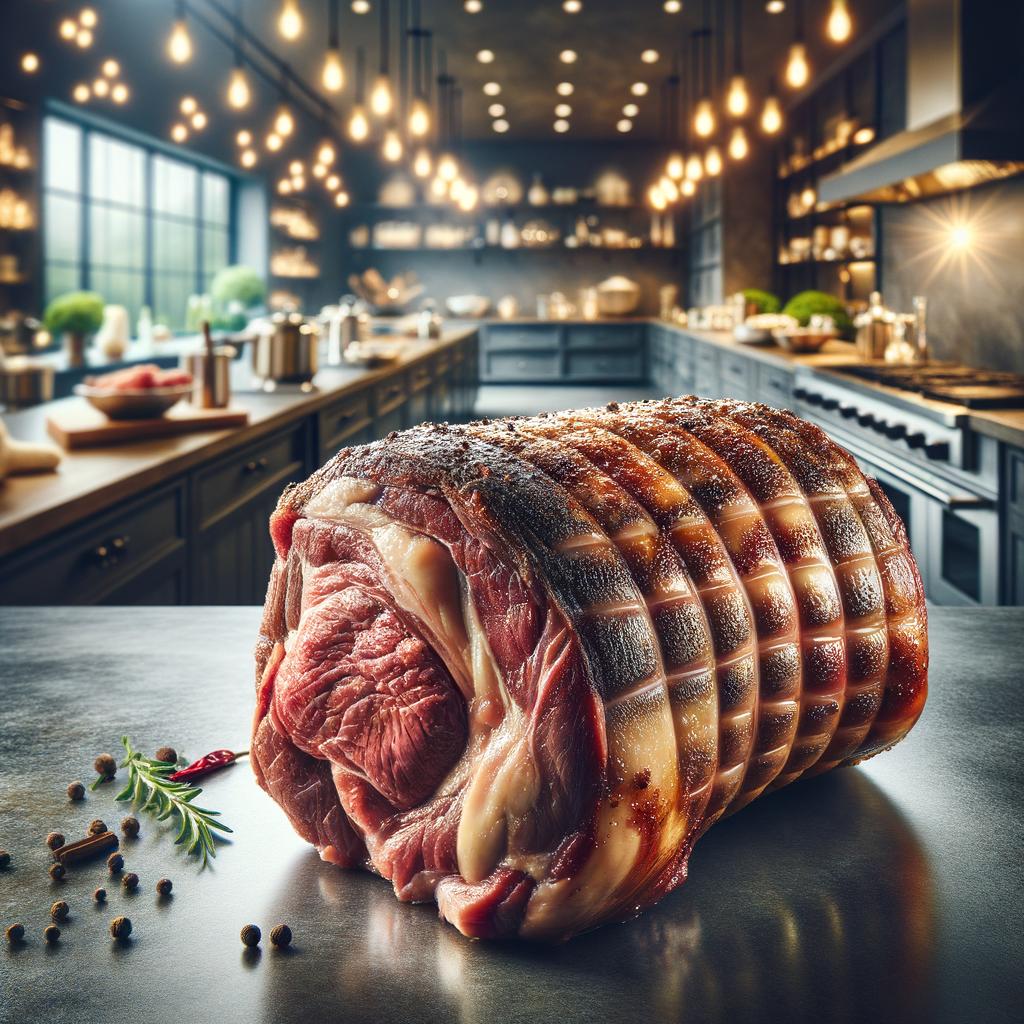Lamb Shoulder

Description
Lamb shoulder is a rich and flavorful cut of meat that is savored by gourmands worldwide. Its appearance is a luscious blend of deep red muscle, marbled with a delicate network of creamy white fat. The texture of lamb shoulder is incredibly tender, especially when slow-cooked, with a succulence that melts in the mouth. Its flavor profile is robust, slightly sweet, and distinctly rich, setting it apart from other cuts of lamb. Lamb shoulder's unique characteristic is its perfect balance of lean meat, fat, and connective tissue, which when cooked slowly, results in a meltingly tender and flavorful dish.
Primary Uses
Lamb shoulder is a versatile ingredient that can be used in a variety of culinary applications. It is a star in slow-cooked dishes, as the extended cooking time allows the fat and connective tissues to break down, making the meat extraordinarily tender. It's a key component in cuisines from the Mediterranean to the Middle East, featuring in dishes like the Greek 'Kleftiko', Moroccan 'Mechoui', and the classic British roast lamb. Beyond culinary uses, lamb shoulder is also significant in cultural celebrations, often served during Easter and Passover feasts.
History
The history of lamb shoulder is as rich as its flavor. From ancient times, lamb has been a symbol of innocence and purity, and its consumption was often part of significant religious and cultural ceremonies. The tradition of roasting a whole lamb shoulder dates back to ancient Greece, where it was a dish reserved for special occasions. Over time, the use of lamb shoulder has evolved and diversified, with different cultures developing their unique preparations. There are countless stories associated with lamb shoulder, including the Greek legend of 'Kleftiko', where bandits would allegedly steal a lamb and cook it in a sealed pit to avoid detection.
Nutritional Information
Lamb shoulder is not just a treat for the palate, but also a source of excellent nutrition. It's high in protein, providing essential amino acids needed for body repair and maintenance. It's also a good source of vitamins, particularly Vitamin B12, and minerals like zinc, selenium, and iron. While it does contain a higher fat content compared to other cuts, this can be moderated by slow cooking and skimming off excess fat. Compared to similar cuts from beef or pork, lamb shoulder tends to be leaner and has a more favorable omega-3 to omega-6 fatty acid ratio. Consumed in moderation, lamb shoulder can be part of a balanced diet, providing both flavor and nutrition.

